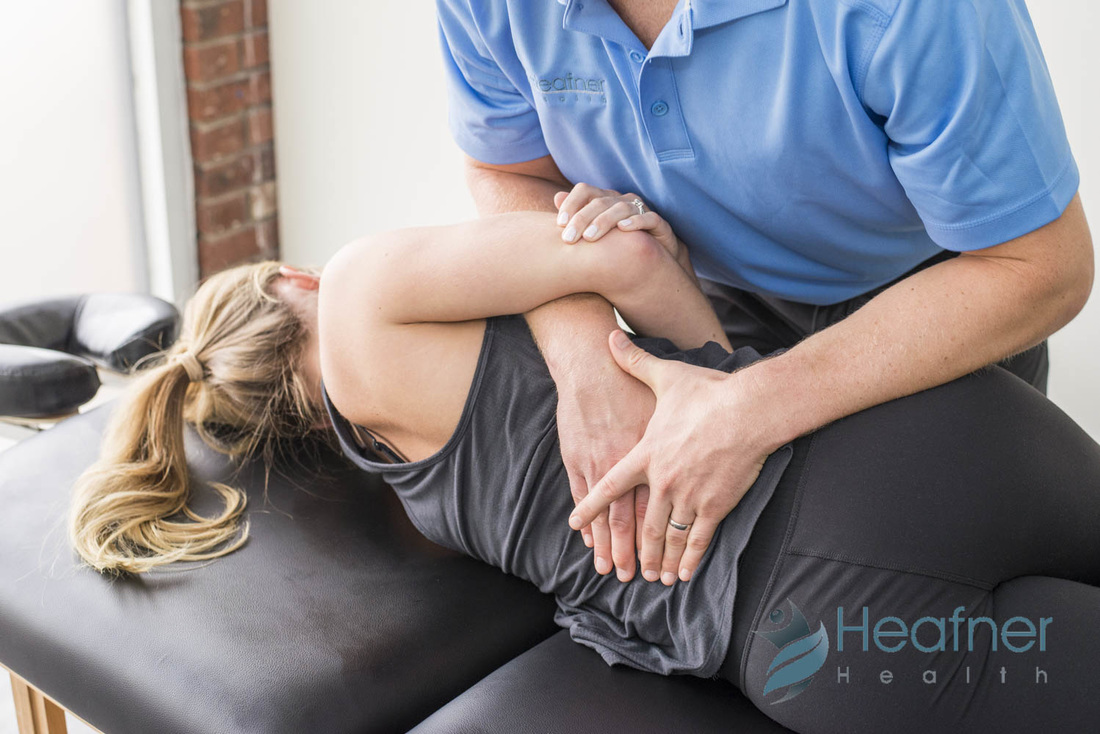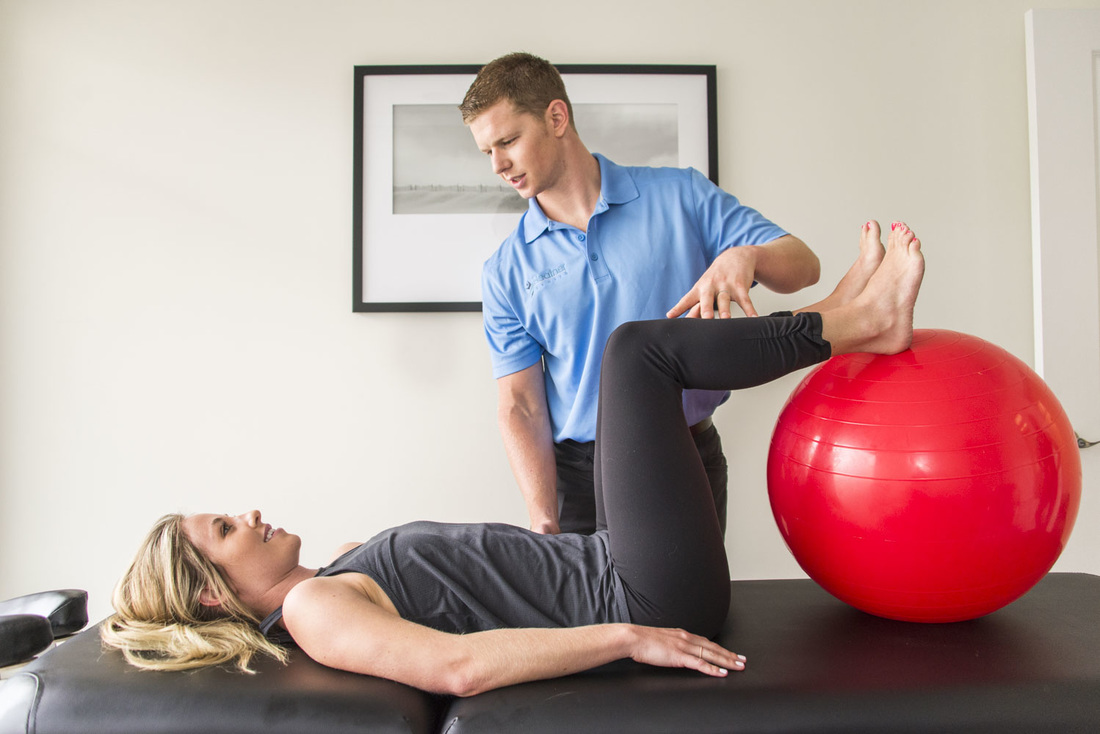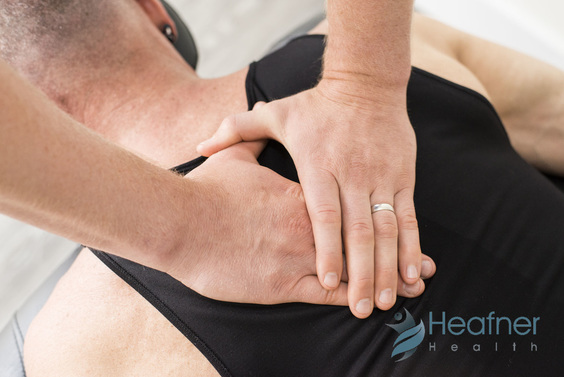|
Foam rollers and other soft tissue mobility tools have become very popular in recent years. These tools allow people to improve flexibility, relax the nervous system, and minimize muscular adhesions that occur in the fascia. Surprisingly, many people do not know how these tools actually work or how to maximize the benefits of performing soft tissue mobilization. Key Tips When Performing Self-Soft Tissue Work 1) The soft tissue mobility exercises are ONLY as beneficial as the joint mobility work and strengthening that occurs following the soft tissue work. For example, if you foam roll the IT band, it is important to do hip mobility & strengthen the hip muscles afterward to sustain the changes that were made. 2) The amount of pressure applied when using the foam roller, tennis ball, or golf ball does not effect the amount of change in the muscle length. Soft tissue mobilization is beneficial because of the 'neurophysiological effects' a.k.a altering how our brain perceives that region of the body. During soft tissue mobility exercises, area being treated receives a ton of input from the brain allowing that region to be reprogrammed. 3) Discomfort is common during soft tissue mobilization, but pain should not occur. If you experience pain, bruising, or prolonged inflammation, you have likely worked the region to aggressively.
2 Comments
Breathing requires the coordinated use of several muscles, primarily the large diaphragm muscle. The diaphragm is considered one of the core muscles as it plays important functions in low back stability as well as neck and shoulder mobility. When you breath improperly using your chest, you neglect the diaphragm muscle thousands of times per day. As you can imagine, using any muscle the wrong way will cause a problem, but the wrong way - 20,000 times...that may be a serious issue! How can someone be breathing improperly? People who are not using their diaphragm are often using accessory muscles- pecs and scalene muscles- around the neck to breath. Clinically this can translate into neck and shoulder pain. When breathing, 90% of the movement should come from your abdomen and only 10% from the upper chest. Watch the video below to see if you are a chest or belly breather. Diaphragmatic Breathing Over the weekend, Keith Allen and I put on a workshop at the Yoga Pod in Boulder discussing simple strategies to maximize spinal health while performing yoga. We broke down the general families of yoga- forward folds, back bends, and twists- as these three movements are performed repetitiously throughout any yoga class. In the videos below, I am going to demonstrate a few cues that Keith and I taught to effectively engage your core while performing various yoga postures. Properly Engaging the Deep Core Muscles Forward Fold Postures Forward folds have great calming benefits for the nervous system, which is important after a low back injury. These poses are very grounding and provide a stretch to the entire posterior chain- back and legs. Backbend Postures Backbends are ideal for people who spend excessive amounts of time sitting each day. The focus should be on opening up the heart and chest, while bending back from the middle of your spine. You should not feel muscle cramps or tightness in the low back when performing cobra, sphinx, or other back bends. Whether you are experiencing any low back issues or not, understanding the importance of core activation throughout your Yoga practice will save your spine and allow you to practice more fully. -Jim Heafner PT, DPT, OCS E: [email protected] T: 618.604.3293 Like this post? See more from Heafner Health Physical TherapyDid you know that 60-80% of individuals will suffer from low back pain at some point in their lives? America alone spends more than $50 billion each year studying low back pain. A missing link exists in the treatment of neck and low back pain. The solution literally (and figuratively) connects these two regions - improving thoracic spine stiffness. The thoracic spine - or middle twelve vertebrae of the spine - connect the neck to the low back. Anatomically this region moves less than its counterparts. The neck is designed for high amounts of movement in order to quickly look or turn. On the contrary the thoracic spine is built for stability. It houses the connections for the ribs, which protect the vitally important organs of the heart and lungs. While some stiffness is accepted, problems arise when this region loses motion. A lack of motion forces the higher and lower connections (neck and low back) to move excessively. The excessive movement causes small amounts of repetitive trauma in the neck and low back eventually resulting in pain. Part of the solution to resolving neck and low back pain is performing regular thoracic spine mobility exercises. Desk work, driving, and other sedentary habits prohibit our natural posture. Combat these forces by performing a daily thoracic mobility routine. Thoracic Mobility Routine |
Heafner HealthPhysical Therapy Archives
April 2024
Categories |






 RSS Feed
RSS Feed
